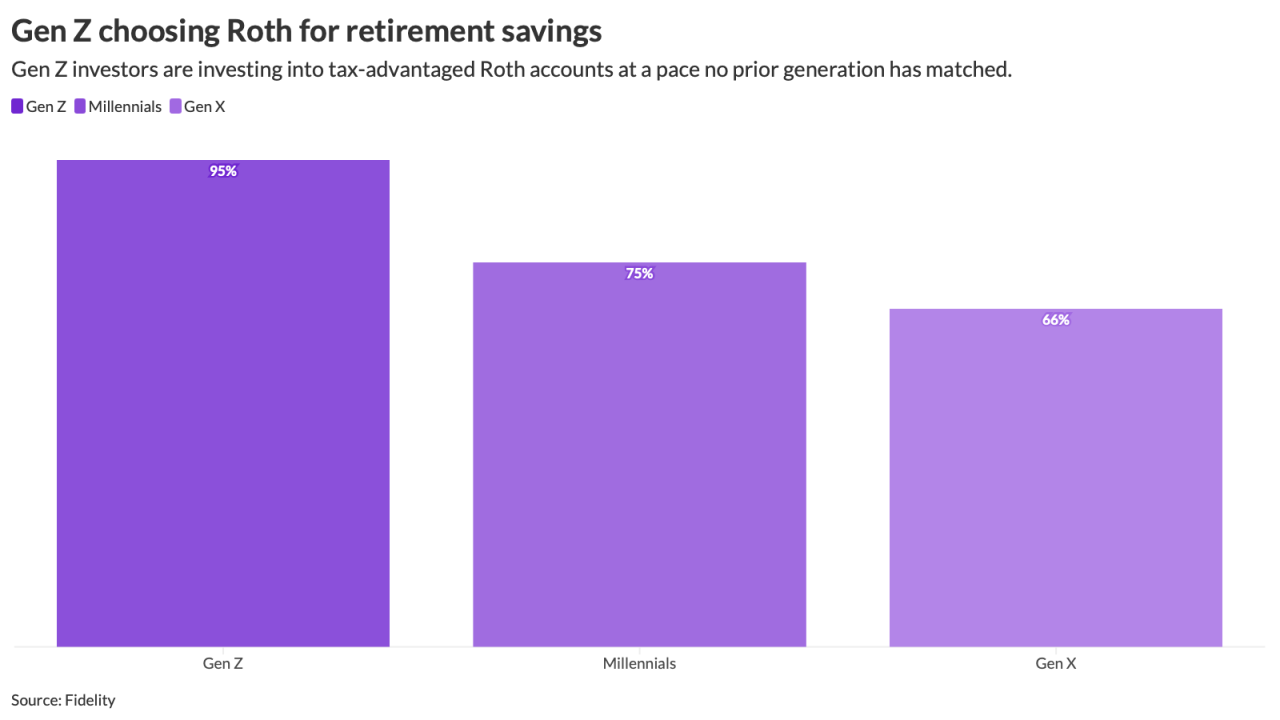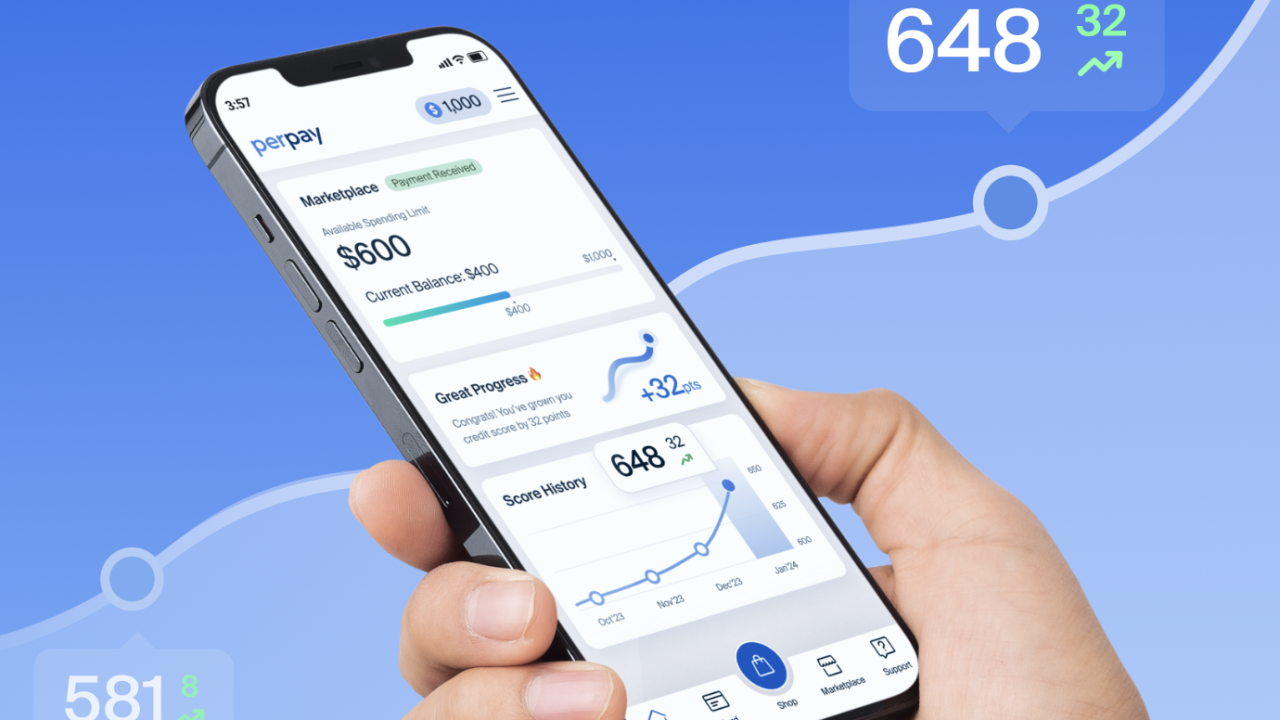Employees are increasingly responsible for making important decisions about their healthcare and carrying the financial burden. Patient financial responsibility is on the rise — average out-of-pocket costs rose 11% in 2017 alone, according to TransUnion Healthcare research. Many of them are still learning how to choose the right benefits each year so they get the coverage they need without overpaying or getting stuck with unexpected costs.
Preparing for the life-changing event of having a baby can make it even more difficult to make the right decision about employee benefits. I know, because my wife and I welcomed a baby boy last year. Pregnancy, childbirth and making the best benefits decisions around the new addition to the family can be overwhelming experiences. But employers can help make the process a little easier with the right communication tools.
Here’s how employers can help employees plan for a new arrival. I call it the baby health insurance playbook.
Before Pregnancy: Help your employee understand what types of insurance to elect
Beyond typical medical and prescription drug benefit plans, there are a number of other benefits that can help cover medical care during pregnancy:
· Short-term disability, which covers maternity leave.
· Long-term disability, which may be needed if a doctor orders bed rest.
· A flexible spending account, which can be used to cover childcare and medical costs tax-free.
· A health savings account, which can also be used to cover medical expenses tax-free.
In addition to these benefits, employees may also want to consider a hospital indemnity plan, which provides a cash payment for every day a person is in the hospital. Importantly, employees need to elect this coverage before becoming pregnant to be eligible for it.
During Pregnancy: Help your employees understand prenatal care coverage
What’s considered preventive prenatal care, and what’s covered throughout a pregnancy? Pregnancy entails many typical doctor’s visits. Insurance will often cover routine appointments and tests, such as blood tests, basic genetic screenings, ultrasounds, a glucose test and stress test. But more doctors now offer additional genetic screening and diagnostic tests that may not be covered under insurance. Help your employee connect with your insurance carrier to understand exactly what’s covered and what is not.

After baby is born: Help your employees get baby covered
After a baby is born, they’re not automatically added to insurance. In fact, there may be up to a 30-day lag between the time a baby is born and when they are added to a policy. As if new parents don’t have enough to juggle, they may have to submit claims following doctor visits from the first several weeks of a baby’s life. New parents may not know this and could inadvertently pay for doctor’s visits that insurance covers with a little extra work.
Help your employees review bills carefully. In addition to getting a baby covered and filing the claims, new parents should review all hospital and medical bills carefully to ensure they’re accurate. Make sure your employees know they’ve got advocates available to them who can help them understand bills and make sure they’re not overpaying for care. Encourage them to reach out to the insurance carrier to understand what is covered and what’s not and find any issues.
Help your employees anticipate childcare needs. Determining who cares for an employee’s new baby is a process that likely begins long before baby is here. Employers that offer childcare onsite or have relationships with childcare facilities should work to educate everyone about the program and how employees can learn more.
Employees also should understand taxes around childcare, such as employing a nanny. And if your employee plans to use an FSA to pay for childcare, don’t contribute more than you’ll use in the baby’s first year. Remember, it’s common for daycare to have waiting lists and FSAs are use-it-or-lose-it accounts, which means you can’t roll money over into a new year.
Bringing home a new baby is one of the most joyous times in a person’s life, but it’s also stressful and overwhelming. Creating resources to help employees with this life-changing event can help them get the right coverages and make what can be an overwhelming time a bit easier.





